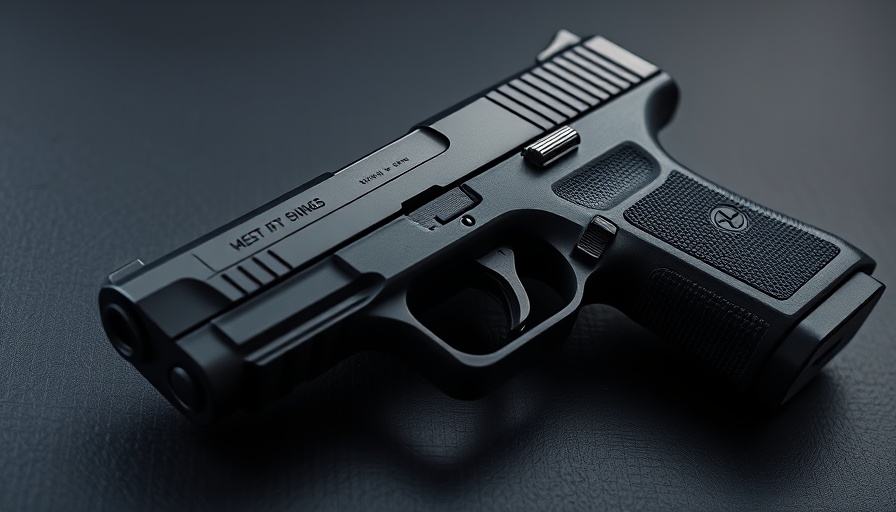
Understanding the Alarming Trends in Firearm Injuries
In a revealing analysis published in the Annals of Internal Medicine, researchers from the Centers for Disease Control and Prevention (CDC) identified a staggering statistic: on average, one firearm injury is treated in emergency departments (EDs) every 30 minutes across 10 jurisdictions from 2018 to 2023. This data underlines the significant public health issue associated with firearm injuries in the United States, calling for due attention and action.
The Patterns Revealed by the Data
The in-depth study utilized the CDC's Firearm Injury Surveillance Through Emergency Rooms program (FASTER), drawing data from nine states and the District of Columbia. The research revealed that firearm-related visits peaked during evenings, weekends, and particularly on holidays, emphasizing the societal behaviors that correlate with increased gun violence. Notably, Fridays, Saturdays, and New Year’s Eve represented the highest rates of firearm injury visits, with a troubling peak occurring between 2:30 AM and 3:00 AM.
Community Implications of Firearm Injuries
The statistics are not just numbers; they represent a growing burden on community health systems. Understanding these patterns can assist healthcare providers in anticipating and preparing resources during peak times, potentially reducing the morbidity and mortality rates associated with firearm injuries. For communities like San Antonio, where health and wellness are increasingly intertwined with systemic safety issues, such data is vital for formulating effective interventions.
Emotional Impact and Human Stories Behind the Data
The emotional toll of firearm injuries cannot be understated. Families are often left shattered, and communities experience deep psychological scars following incidents of gun violence. The statistical analysis underscores the need for broader discussions on community health and safety. Mental health services, outreach programs targeting at-risk youth, and educational initiatives promoting safe practices around firearms are essential elements of a holistic response to this ongoing crisis.
Exploring Contextual Factors Beyond the Data
While the study's findings are sobering, they also provoke broader questions about the cultural factors at play. What societal conditions are contributing to these troubling trends? Policy changes, access to mental health resources, and education on responsible gun ownership are paramount to addressing the crisis. Furthermore, the data sheds light on the need for comprehensive health and wellness initiatives that intertwine gun safety with community wellness programs.
Future Predictions: What Lies Ahead?
Given the observed trends, one can predict that without targeted actions, firearm injury rates may continue to rise. Conversely, increased community engagement and education could lead to a decrease in injuries. As health and wellness initiatives evolve, integrating discussions of gun violence into broader health campaigns will be crucial. Future studies will need to address not only the 'when' of firearm injuries but also the 'how'—that is, how communities can effectively reduce these incidents through preventive measures.
Taking Action: What You Can Do
Public awareness is key in combatting the challenges surrounding firearm injuries. Engage with local health initiatives and support community-driven programs aimed at addressing the root causes of violence. Health and wellness centers can promote educational events discussing gun safety and mental health resources, making strides towards a safer community. To foster change, individuals should advocate for policies that prioritize community health, urging their local representatives for action.
Understanding the intricacies of firearm injury patterns and their implications for public health is crucial for creating a vision of safety and wellness in our communities. By staying informed and involved, individuals can make a meaningful difference in promoting health and wellness.
 Add Row
Add Row  Add
Add 




 Add Row
Add Row  Add
Add 


Write A Comment